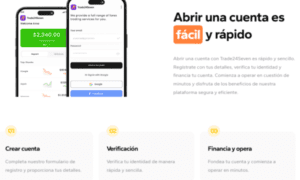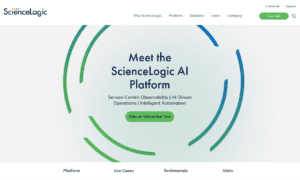Inbound marketing has revolutionized the way businesses attract, engage, and delight their target audience. Unlike traditional outbound marketing, which relies on reaching out to a broad audience, inbound marketing focuses on creating valuable content and experiences tailored to specific individuals. Its success is measured not only by customer acquisition but also by customer satisfaction and long-term relationships.
To truly harness the potential of inbound marketing, one must employ proven strategies that maximize return on investment (ROI). This comprehensive guide delves into these strategies, providing insights and actionable steps to unlock the power within your inbound marketing approach.
1. Understanding Inbound Marketing
Inbound marketing involves creating and sharing valuable, relevant content to attract a clearly defined audience. This content helps to address the audience’s pain points and needs, ultimately driving them towards making a purchase or taking a desired action. To begin, it’s crucial to understand the core elements of inbound marketing:
a. Content Creation
Compelling content is the cornerstone of inbound marketing. It could be blog posts, videos, infographics, eBooks, podcasts, or any other form of content that educates, entertains, or solves problems for your target audience.
b. SEO and Keywords
Optimizing your content for search engines (SEO) is essential to ensure your audience can find you easily. Conduct thorough keyword research to identify the terms and phrases your audience is searching for.
c. Social Media Engagement
Leverage social media platforms to share your content, engage with your audience, and build a community. Engaging content on social media can drive traffic to your website and increase brand visibility.
d. Email Marketing
Email marketing is a powerful tool for nurturing leads and converting them into customers. It allows for personalized communication and targeted messaging based on the recipient’s preferences and behavior.
2. Crafting a Comprehensive Strategy
A successful inbound marketing strategy requires a well-rounded approach that integrates various components to create a seamless user experience. Here’s a step-by-step guide to crafting such a strategy:
a. Define Your Target Audience
Identify your ideal customer persona – their demographics, preferences, challenges, and goals. Tailor your content to resonate with this specific audience.
b. Set Clear Goals and KPIs
Establish measurable goals such as website traffic, lead generation, customer acquisition, and conversion rates. Define Key Performance Indicators (KPIs) to track your progress towards achieving these goals.
c. Develop a Content Plan
Create a content calendar outlining the types of content you’ll produce, the topics you’ll cover, and the platforms you’ll utilize. Consistency is key to maintaining audience engagement.
d. Implement SEO Strategies
Optimize your content with relevant keywords, meta descriptions, and headings. Focus on both on-page and off-page SEO techniques to improve your search engine rankings.
e. Utilize Lead Generation Tactics
Offer valuable resources such as eBooks, webinars, or free trials in exchange for contact information. Use landing pages and call-to-action buttons to capture leads effectively.
f. Nurture Leads through Email Campaigns
Develop automated email sequences that provide value, educate leads, and guide them through the sales funnel. Personalize the content based on their interactions and preferences.
g. Engage on Social Media
Create a social media calendar to schedule posts and engage with your audience consistently. Respond to comments, questions, and messages promptly to foster a sense of community.
3. Measuring and Adapting for Success
Once your inbound marketing strategies are in place, it’s vital to continually measure their performance and make data-driven decisions to enhance ROI. Here’s how:
a. Use Analytics Tools
Leverage analytics tools like Google Analytics, HubSpot, or Moz to track website traffic, conversion rates, and user behavior. Analyze the data to understand what’s working and what needs improvement.
b. A/B Testing
Experiment with different elements of your marketing campaigns, such as headlines, images, or call-to-action buttons. Analyze the results to optimize your strategies for higher conversions.
c. Customer Feedback
Gather feedback from your customers through surveys or social media. Understand their pain points, preferences, and suggestions to tailor your strategies accordingly.
Conclusion
Inbound marketing offers a dynamic and cost-effective approach to attracting and engaging a targeted audience. By understanding its fundamental principles and implementing a comprehensive strategy, you can unlock its power to drive significant ROI for your business. Remember, success in inbound marketing is an ongoing journey that requires consistent evaluation, adaptation, and a deep understanding of your audience’s evolving needs and expectations. Start by embracing the strategies outlined in this comprehensive guide, and watch your inbound marketing efforts flourish.



































